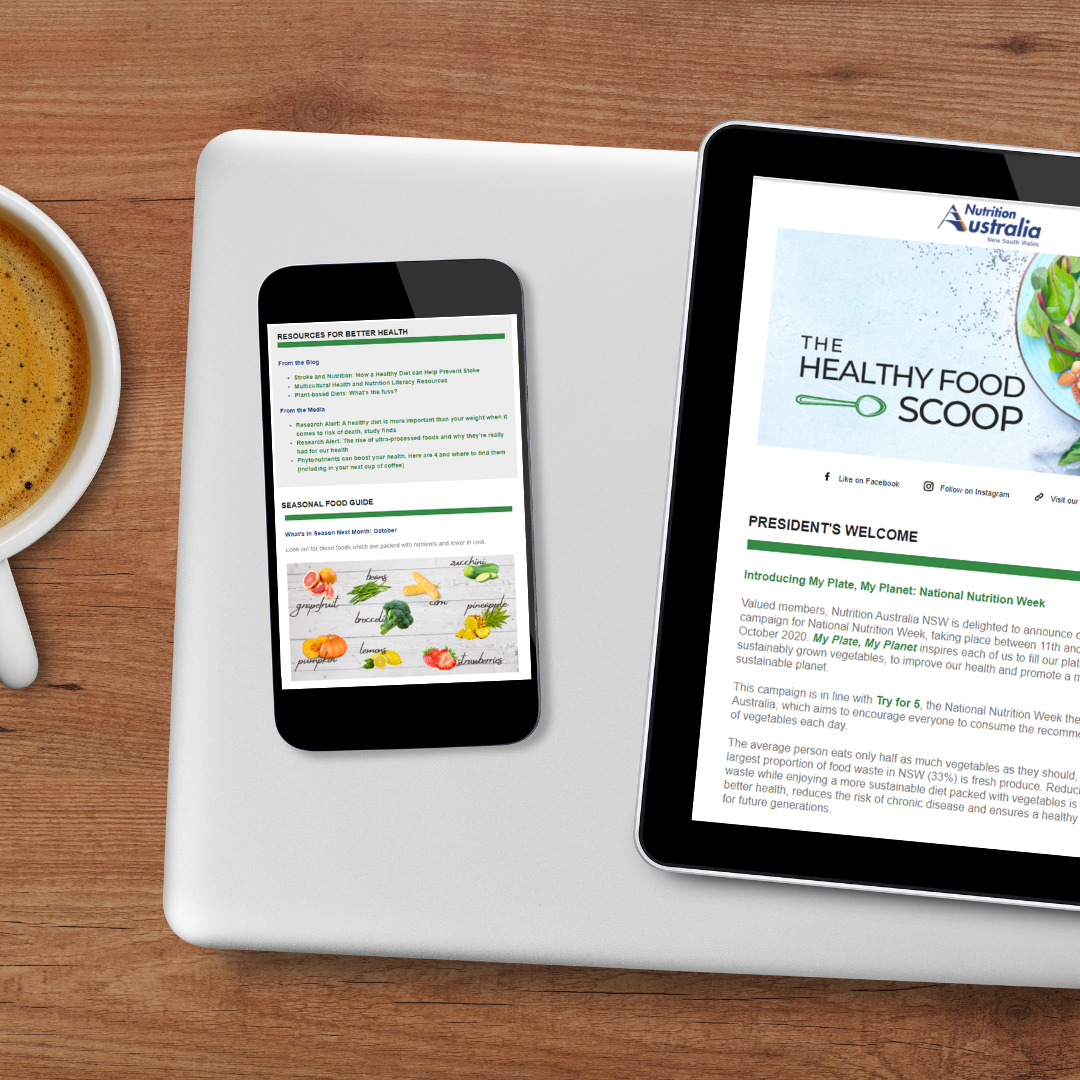Did you know 80% of people give up on their New Year’s resolutions by mid-February?
Creating Long Term Healthy Habits
Do you find yourself making New Year’s resolutions each year to lose weight or eat healthier, yet you can’t seem to stick to them? You are not alone! Studies have shown that a staggering 80% of people give up on their New Year’s resolutions by mid-February. It can be tempting to set overly ambitious resolutions for the new year, yet doing this may be setting you up to fail. The key to eating healthy in the long term is to set realistic and achievable goals. Nutrition needs can vary greatly between individuals, so there is no ‘one size fits all’ diet, however some general healthy eating principles apply to most people. Here are some top tips for creating healthy habits which you can stick to all year long, not just in January.
Our Recommendations
1. Be realistic
Setting realistic, well-planned goals will keep you motivated and focused. One way to set yourself up for success is to make sure your goals are ‘SMART’:
- Specific – Your goal should be clear, well-defined and specific.
- Measurable – Setting measurable goals means you can track your progress, which helps you remain focused and keeps you motivated as you move closer to achieving your goal.
- Achievable – Your goal needs to be attainable and not impossible to achieve.
- Realistic – Your goal should be something that is important to you and fits in with broader goals you may have.
- Timely – Setting a deadline for your goal gives you something to focus on and work towards.
2. Ditch Fad Diets
Fad diets make unrealistic claims and are not supported by evidence. They typically promise a ‘quick fix’ and involve strict food rules that focus on weight loss. Fad diets often promote ‘magic’ foods or eating patterns, and if it sounds too good to be true, it probably is. Many people turn to fad diets instead of thinking about dietary changes that are sustainable long-term. While fad diets may result in weight loss initially due to their highly restrictive nature, people following these diets often end up gaining more weight long-term. They are also difficult to sustain and, in some cases, can deprive you of essential nutrients. In this New Year, ditch fad diets and eat in a way that is balanced. Remember: no foods are off-limits and you can eat everything – in moderation.
3. Focus on eating mostly from the Five Food Groups
That brings us to our next point. While ‘all foods fit’ and you shouldn’t have to completely cut out any of the foods you love, it is important to focus mostly on enjoying a variety of nutritious foods from the Five Food Groups. This will help you meet the nutrient requirements essential for good health. Check out the Australian Guide to Healthy Eating for a great visual representation of the food groups. The Five Food Groups are:
- Fruit
- Grain (cereal) foods, mostly wholegrain and/or high cereal fibre varieties
- Lean meat and poultry, fish, eggs, tofu, nuts and seeds and legumes/beans
- Milk, yoghurt, cheese and/or their alternatives (mostly reduced fat)
- Vegetables and legumes/beans
4. Be aware of portion sizes
Factors such as our age, gender and activity level influence the amount of food we need. It is important to listen to our hunger and fullness signals, but it is also useful to have an idea of sensible portion sizes. An easy tip is to follow the ‘Plate Method’, which involves dividing your plate as follows:
- Half of the plate made up of non-starchy vegetables such as carrot, broccoli, cauliflower, capsicum, spinach, mushrooms or zucchini.
- One quarter of the plate made up of starchy foods such as wholegrain pasta, rice or noodles, potato or corn.
- One quarter of the plate made up of lean protein such as meat, chicken, fish or tofu.
5. Plan meals in advance
Meal planning is one of the most simple and effective things you can do to help you eat healthy. Many people these days are short on time, but planning your meals will actually save you time in the long run. Plus, you will save money and minimise food waste. Plan the recipes that you are going to use and double up on some meals so that you have enough for lunch the next day. Write a shopping list and make sure you don’t go shopping when you are hungry! You may be tempted to buy foods that you don’t need. Spend a few hours in the kitchen preparing your meals for the week ahead. You can prepare individual components that can be easily combined into a meal. For example, roasting pumpkin or potato, cooking rice or pasta, or boiling some eggs.
6. Choose healthy snacks
Do you find yourself reaching for chips or chocolate when it hits 3pm each day? It can be tempting to do this, especially if we don’t have anything healthier available to us. So, having healthy snacks on hand is a helpful way to make healthy eating easier. If buying a packaged food, don’t forget to make note of the Health Start Rating on the food packet, and choose wisely. Healthy snack ideas include:
- Piece of fruit with yoghurt
- Apple slices with peanut butter
- Vegetables such as cherry tomatoes, carrot sticks, celery sticks or cucumber with hummus
- Handful of nuts and seeds
- Wholegrain crackers and cheese
Latest blog posts.
Join our community
Be the first to hear about our events, delicious recipes, and healthy eating tips with our monthly online mag, The Healthy Food Scoop

Nutrition Australia NSW is proudly supported by NSW Health.




